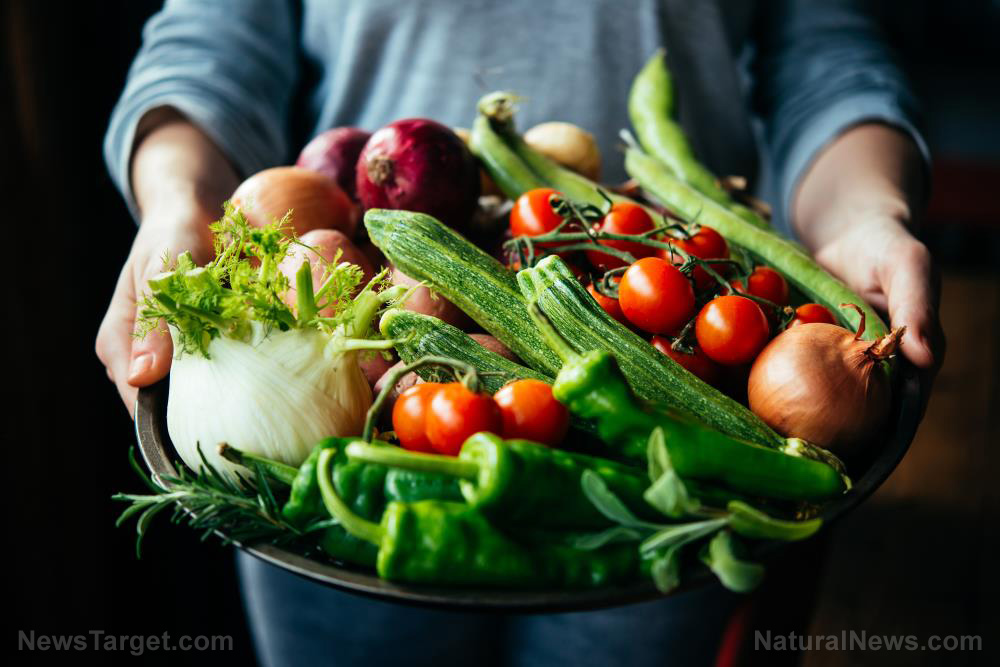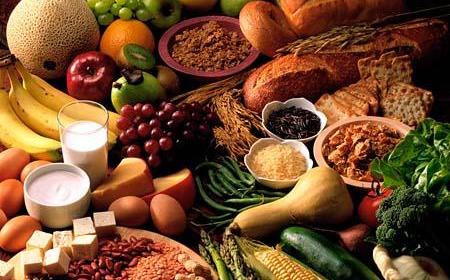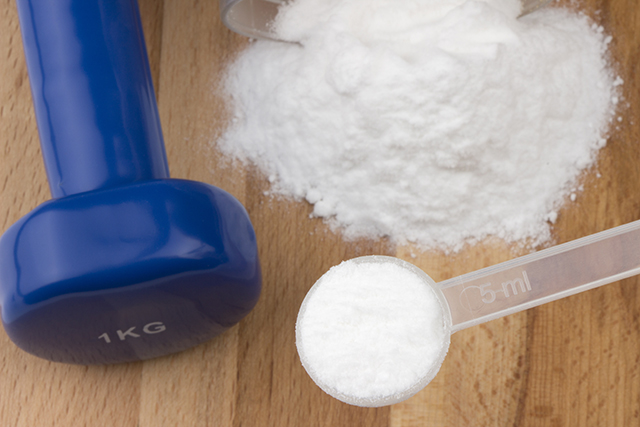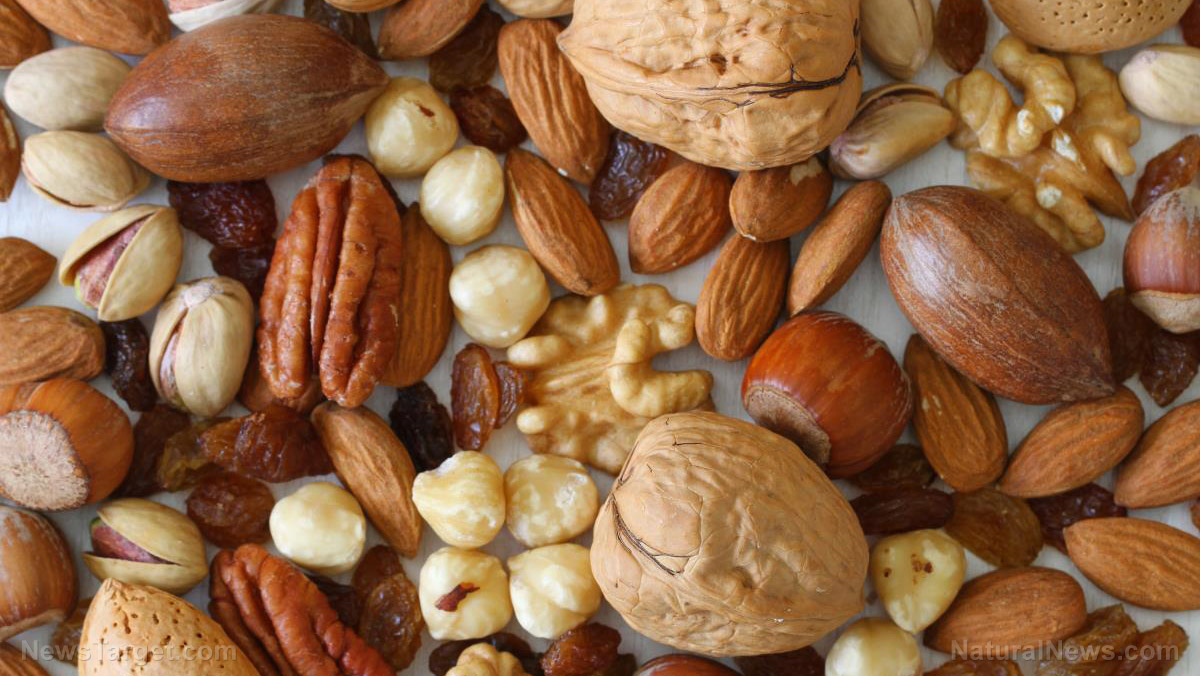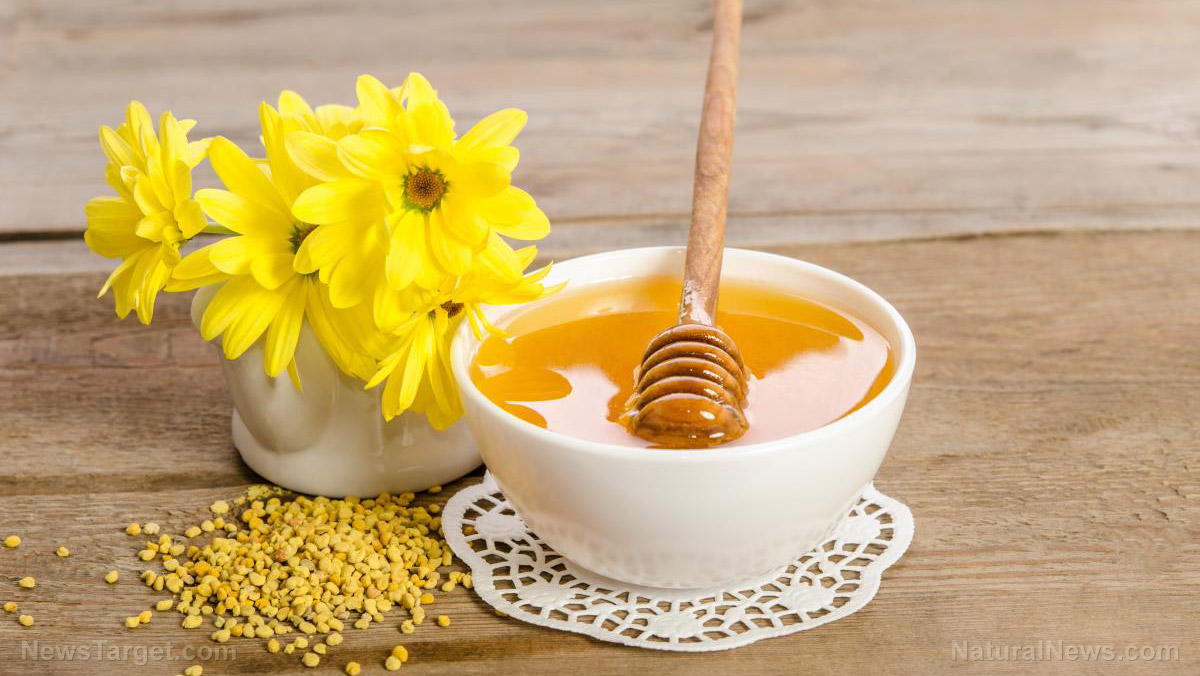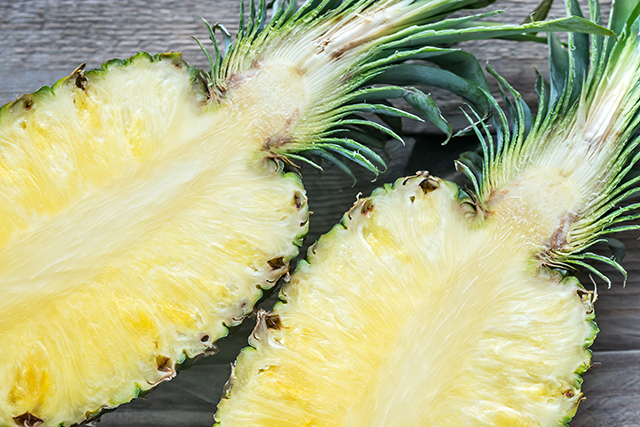Here’s why you should always eat as much of the rainbow as you can, every day
05/17/2018 / By Michelle Simmons

It is known that eating fruits and vegetables is good for your health. If your plate is full of different colors, then you are probably eating very nutritious food. This is because more colors on your plate usually indicate more nutrition. All fruits and vegetables contain healthy fiber and phytonutrients, which are chemicals that can help prevent heart disease, cancer, and age-related cognitive decline, cataracts, and macular degeneration. Each color of fruits and vegetables has different types of phytonutrients. Listed below are the colors that represent the nutrient content of fruits and vegetables:
- Red – Red-colored fruits and vegetables mean they contain lycopene. This phytonutrient may help prevent cancer and maintain a healthy heart. Cooking actually concentrates the lycopene, so tomato sauce is abundant in it. Fruits that are rich in lycopene include watermelon, pink grapefruit, cherries, cranberries, pomegranate, and red grapes. As for vegetables, red peppers, beets, red onion, and red potatoes are the ones rich in lycopene.
- Orange – This color indicates the presence of beta-carotene, an antioxidant that is known to help protect against cancer and heart disease. It also helps enhance eye health and immunity. Foods rich in carotenes include oranges, apricots, cantaloupes, mangoes, papayas, peaches, carrots, yams, and pumpkins.
- Yellow – Yellow-colored foods are also rich in carotenes and limonene, which is also essential for preventing cancer and enhancing vision. Fruits and vegetables that are abundant in these nutrients include lemons, grapefruits, corn, bell peppers, bananas, and squash.
- Green – Green-colored foods contain the chemicals sulforaphane and isocyanine and indoles – all of which help fight against cancer by inhibiting cancer-causing agents. You can get these chemicals from vegetables such as broccoli, brussel sprouts, cabbage, Chinese cabbage, asparagus, green beans, and leafy greens; and from fruits such as kiwi, limes, and avocado.
- Purple or blue – Foods of purple or blue color contain antioxidants and anti-aging benefits that protect memory, urinary tract health, and lower cancer risks. Get these nutrients from foods such as blueberries, blackberries, plums, raisins, eggplant, and purple cabbage.
- White, tan, or brown – Allicin, which contains anti-tumor properties, can be found in the onion family. Other foods in this group have antioxidant flavonoids such as quercetin and kaempferol. They also support heart health and reduce cancer risks. Try including brown pears, dates, white peaches, cauliflower, mushrooms, turnips, potatoes, and white corn in your diet to get these nutrients.
All of these are more reasons why you should always eat a colorful diet as much as you can every day. Health experts recommend that people should consume at least five servings of fruits and vegetables every day, while nine servings are best for health maintenance. The serving sizes are small. For fruits, one piece of fruit or one cup of chopped fruit or berries is equivalent to one serving. For vegetables, one cup raw or a half cup cooked is one serving.
Washing your fruits and vegetables
When you are selecting fruits and vegetables, it is best to choose organic ones because many of these are known to contain pesticides. Washing fruits and vegetables with just cold water is not enough. Using a saltwater solution to wash your fruits and vegetables may remove more residues than water alone. Mix two teaspoons of salt into four cups of warm water and stir to dissolve. Once the solution has been cooled, soak the produce for 30 to 60 minutes before rinsing and scrubbing under cold water. An alternative to salt water is the vinegar soak. Fill a large bowl with four parts water and one part vinegar. Then, soak your produce in this for 30 to 60 minutes before rinsing and scrubbing thoroughly with cold water. Not only will this process remove pesticides from your produce, but it will also keep your food fresh for longer. Or, you can grow your own produce instead.
Read more news stories and studies on phytonutrients found in foods by going to Phytonutrients.news.
Sources include:
Tagged Under: clean food, colorful diet, fresh produce, fruits, functional food, good diet, healing food, healthy diet, nutrients, nutritious food, organics, phytochemicals, phytonutrients, Plants, proper nutrition, rainbow diet, vegetables






